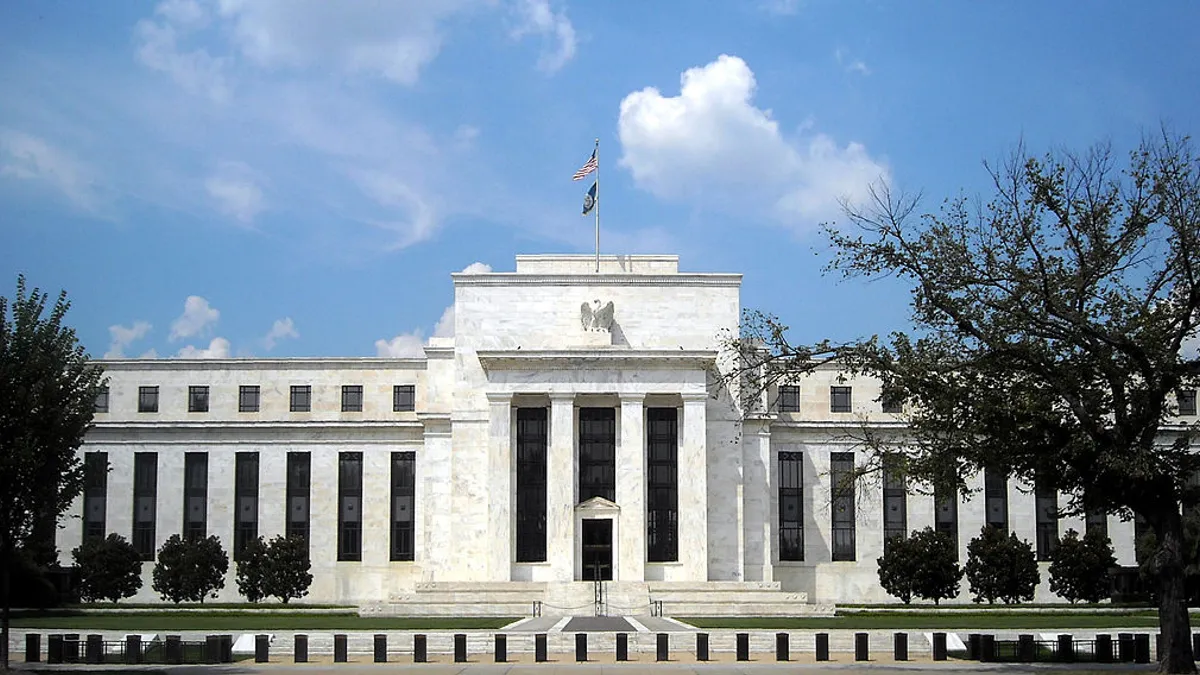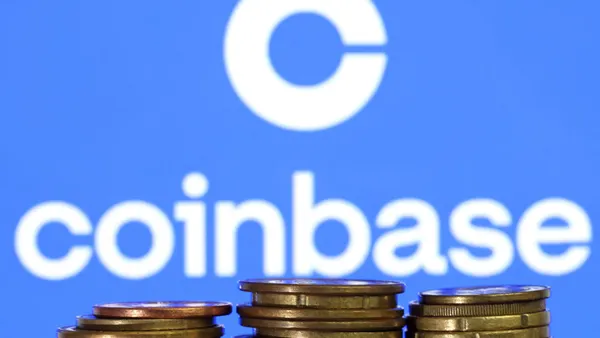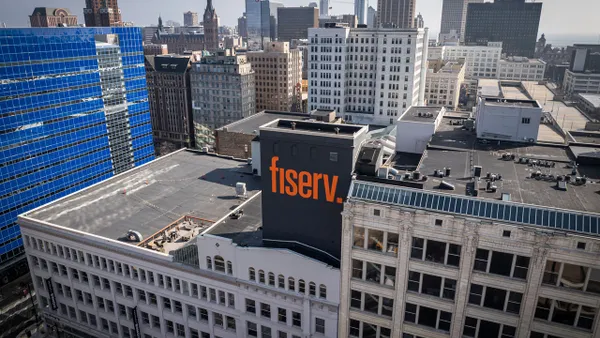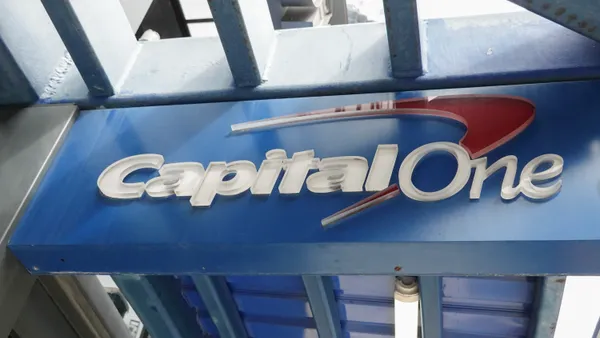Dive Brief:
- The Federal Reserve is creating a real-time payments system, FedNow, to be operational by 2023 or 2024, Fed Gov. Lael Brainard said Monday. The system would most benefit families living paycheck to paycheck. Round-the-clock, instantaneous transactions would help lower-income Americans avoid overdraft and late fees that mount as they wait for transactions to clear. FedNow may also be a "game-changer" for small-business owners, reducing their need for short-term financing, Brainard said.
- Some big banks will argue the Fed's effort will slow the progress already made on real-time payments, putting the U.S. further behind countries such as Mexico, which has nationwide real-time payments up and running. The Clearing House has been operating a real-time payments system since 2017, and more than half of the country's demand deposit accounts have access to the system, it said.
- Among the Fed's concerns are risk and reach. A nationwide real-time payments system operated by one player leaves the financial system open to risk, the central bank said. "We are mindful of the serious safety issues associated with a single point of failure, a risk that will rise as faster payments grow," Brainard said. She also emphasized the Fed has earned the trust of smaller community banks that have been reluctant to adopt The Clearing House's system. "Given our long-standing service connections with more than 10,000 banks across the country, the Federal Reserve is uniquely placed to deliver" a broad-reaching system, Brainard said.
Dive Insight:
Another potential motivator for the Fed’s action may be private nonbanks' flirtations with payment systems. Brainard called out Facebook's Libra project by name; Walmart last week also filed a petition to develop a cryptocurrency.
"Consumers and businesses across the country want and expect real-time payments, and the banks they trust should be able to provide this service securely — whatever their size," Brainard said.
The Fed is prioritizing reach over time frame. Although the goal to launch FedNow in 2023 or 2024 meets a timetable the Fed estimated in 2013, it falls short of a Fed task force's suggestion that all Americans should access fast, secure payments by 2020.
Another concern for big banks is that 24 financial institutions have invested millions of dollars in The Clearing House’s system, perhaps under the assumption the Fed wouldn't muscle in on the space. The Fed, by law, doesn't seek to make a profit from the system, but must cover its costs by charging banks for the service. A marketplace with more than one real-time payments system will most certainly cut what The Clearing House stands to earn without competition.
It remains unclear how FedNow would interoperate with The Clearing House’s system, but Brainard mentioned competition more than once Monday. "We see important benefits from the resilient and competitive market that would result from the FedNow Service providing an alternative," she said, adding that the Fed is committed to meeting its public policy goals "in a spirit of cooperation and competitive fairness."
The Fed's decision to move forward with FedNow was not unanimous. Randal Quarles, the central bank's vice chair of supervision, said in a statement after the 4-1 vote Friday the government "should provide its own capacity only when the evidence of market failure is clear and alternative means to achieve public goals are not feasible."
"In this case, I do not see a strong justification for the Federal Reserve to move into this area and crowd out innovation when viable private-sector alternatives are available," he said, according to Bloomberg.
But Fed Chairman Jerome Powell said last week it’s not unprecedented for the Fed to offer a marketplace alternative. "In many places, the Fed operates alongside private-sector operators," he said, according to The Wall Street Journal. "So it wouldn’t be unusual or out of keeping with how we’ve done things in the past."
Brainard said 90% of feedback the Fed received in response to a request for comments in November called for a Fed-operated real-time payments service. The Fed is taking public comments for the next 90 days on how to operate FedNow.
Lawmakers have been divided over the prospect of dual payments systems. "On the one hand, we could call this competition," Sen. Thom Tillis, R-NC, said of a potential Fed system. "On the other hand, this could be a takeover."
"It's a mistake to entrust this system to the biggest banks," Sen. Chris Van Hollen, D-MD, wrote last month in proposed legislation to require the Fed to create a real-time payments system.











